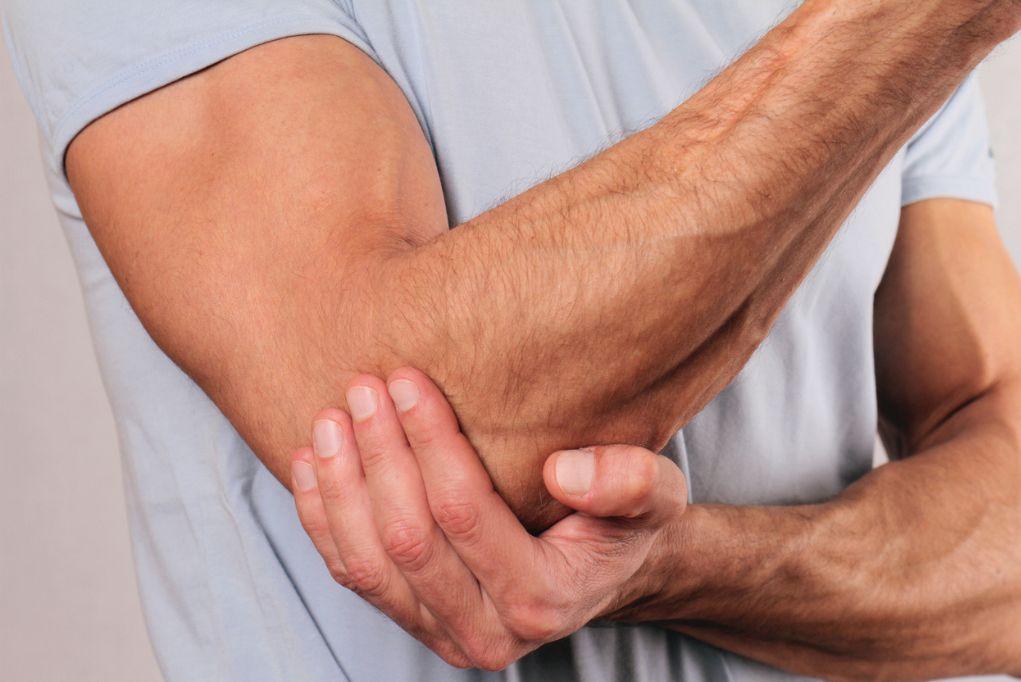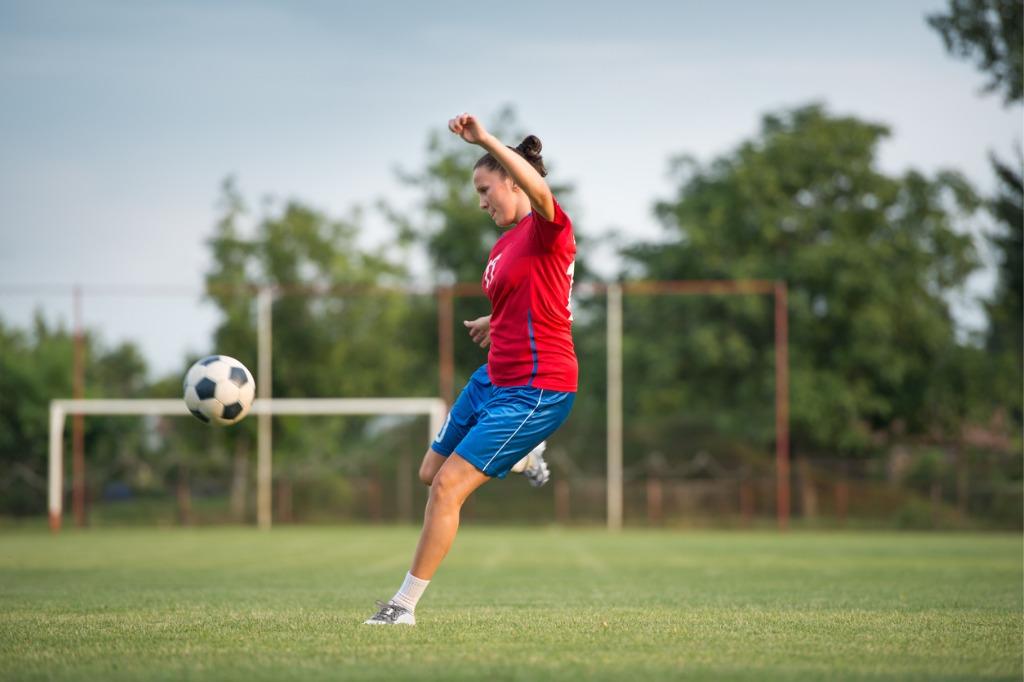How to Treat a Hyperextended Elbow
Whether you’re an avid athlete or simply engaged in physical activities, a hyperextended elbow can hinder your daily routine and cause significant discomfort. Understanding how to treat and rehabilitate this injury properly is crucial for a speedy recovery and preventing long-term complications. At Motion Orthopaedics, we specialize in diagnosing and treating elbow injuries, including hyperextension. From initial evaluation to rehabilitation, we provide comprehensive care tailored to your needs.

What is a Hyperextended Elbow?
A hyperextended elbow occurs when the elbow joint is forced beyond its normal range of motion, damaging the ligaments and muscles surrounding the joint. This type of injury commonly occurs during physical activities that involve throwing or falling on an outstretched arm, such as contact sports like football, basketball, or wrestling. It can also happen during everyday activities like lifting heavy objects or performing repetitive motions that strain the elbow joint.
Causes of a Hyperextended Elbow
Understanding the common causes of a hyperextended elbow is essential for prevention and recognizing when to seek professional medical advice. Both athletes and non-athletes can experience this condition through various activities or accidents. Below is a list of the most frequent scenarios leading to elbow hyperextension:
- Direct impact: A strong blow or trauma to the elbow, often encountered in contact sports, can force the joint beyond its natural range, causing hyperextension.
- Falling on an outstretched arm: Trying to break a fall with the hands can transfer excessive force to the elbow, leading to hyperextension.
- Repetitive stress: Activities or occupations requiring repeated arm motions can gradually strain the elbow, increasing the risk of hyperextension.
- Lifting heavy objects: Improperly lifting heavy items, where the force exceeds the elbow’s capacity, can result in this injury.
- Sudden arm movement: An unexpected forceful pull or twist of the arm might hyperextend the elbow, especially if the muscles around the joint are not adequately warmed up.
Symptoms
Recognizing the symptoms of a hyperextended elbow early on is critical for effective treatment and minimizing the risk of further injury. Symptoms can vary depending on the severity of the hyperextension but often include a combination of pain, swelling, and reduced mobility in the affected area.
If you suspect you’ve hyperextended your elbow, seeking professional medical advice for an accurate diagnosis and appropriate treatment plan is important. Below are some of the most common symptoms associated with a hyperextended elbow:
- Pain immediately after the injury, which can persist or worsen with movement or pressure
- Swelling around the elbow joint, which may develop soon after the injury
- Bruising might appear around the elbow or forearm
- Stiffness in the elbow, making it difficult to extend or bend the arm fully
- Weakness in the arm, wrist, or hand, affecting the ability to grasp objects or perform routine tasks
- A feeling of instability in the elbow, as if the joint is loose or could give way
Treatment Options for a Hyperextended Elbow
When dealing with a hyperextended elbow, selecting the right treatment method is critical for fostering a complete recovery and ensuring the joint regains its full strength and functionality. From immediate care practices to professional medical treatments and rehabilitation exercises, each approach plays a vital role in the healing process. Understanding the spectrum of available options will aid in making informed decisions that align with your recovery goals.
Rest and Ice
Immediately following a hyperextension injury, it’s crucial to rest the affected arm and apply ice to reduce swelling and alleviate pain. In the initial 48 hours, applying ice for 15-20 minutes every few hours can help minimize inflammation and promote healing. Avoid applying ice directly on the skin, and use a towel or cloth as a barrier to prevent ice burn.
Compression and Elevation
To further reduce swelling, you can wrap an elastic bandage around the affected elbow joint. This will provide support and limit movement while promoting blood flow to aid in healing. Additionally, elevating the arm above heart level can help reduce edema and improve circulation to the injured area.
Physical Therapy
Physical therapy and sports medicine play a pivotal role in the rehabilitation process for a hyperextended elbow. A skilled therapist can design a personalized exercise program focused on strengthening the muscles surrounding the elbow joint, enhancing stability, and restoring range of motion. They can also provide guidance on proper form and techniques to prevent future injuries.
Preventing Recurrence
It’s crucial to adopt preventive measures to avoid the recurrence of a hyperextended elbow after recovery. This includes warming up adequately before engaging in physical activities, which helps prepare the muscles and joints for movement, reducing the risk of injury.
Additionally, using protective gear like elbow pads during sports can provide an extra layer of cushioning and support, minimizing the impact on the elbow joint. Practicing proper techniques is also essential to avoid placing excessive stress on the elbow, ensuring movements are executed with precision and alignment.
Professional Guidance
If you experience a hyperextended elbow, seeking professional medical advice is crucial for an accurate diagnosis and effective treatment. Ignoring the symptoms and continuing to engage in activities that aggravate the injury may lead to chronic pain or long-term damage. A medical professional can assess the severity of your hyperextension and recommend appropriate treatment options, ensuring a speedy recovery and prevention of future injuries.
Get Back in the Game With Motion Orthopaedics
If you’re struggling with the discomfort and limitations of a hyperextended elbow, don’t wait for the situation to worsen. Motion Orthopaedics is dedicated to helping you regain your strength, flexibility, and confidence so you can return to your favorite activities without pain. Book your appointment today, and take the first step toward a full and speedy recovery.




